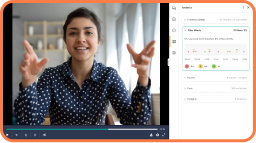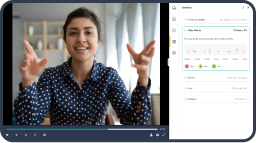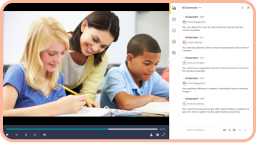Student teaching observations are part of every teacher education program. And most programs are looking for ways to do them better. Why not ask a top school district?
The Bill and Melinda Gates Foundation published a report from the Aldine Independent School District in Texas. Aside from being a high-performing district in the country, Aldine is also a pioneer of new observation methods. Methods that apply directly to student teaching observations.
Principal Christi Van Wassenhove walks us through the basics of Aldine’s approach.
The Mission
Aldine decided to try out an observation method called INVEST. The grand goal of the new format was to make observations a positive experience that would make teachers feel empowered and excited to change. Most student teaching observations feel like a trip to the principal’s office, but INVEST is about turning that mindset around.
The Reality
As Van Wassenhove conducted observations at Aldine, she immediately saw pushback from her teachers. They had all seen this routine before: student teaching observations that wasted time. They weren’t excited at all to discuss everything they were doing wrong and ultimately see nothing change. Turning around this attitude wasn’t easy, but Van Wassenhove knew what she had to do. She started asking open-ended questions, having collaborative conversations, and seeking feedback as an observer.
The Feedback
By working with the teachers, Van Wassenhove learned three important ways to make student teaching observations less threatening:
- Asking open-ended questions. This allows teachers to reflect on their performance.
- Stay focused on growth. This empowers teachers to see observations as a positive.
- Focus on one or two goals. Pursuing a small number of specific goals feels attainable and ends the observation on a positive note.
The Result
Unsurprisingly, this new method was highly successful at Aldine. And not just because the student teaching observations became more pleasant. By maintaining an open dialogue, highlighting successes, and focusing on goals, Van Wassenhove discovered that teachers aren’t just receptive to feedback. They genuinely want it.
Every one of these principles applies directly to student teaching observations, perhaps even more strongly than established teachers. Young teachers are still learning how to connect with their class and develop the methods they’ll carry with them into their professional careers.






